Aspromonte
An expanse of uncontamined woods sloping towards the coast, imposing natural monuments, and wild waterways crossed by suggestive rock formations. Aspromonte can be considered a true paradise of biodiversity, an immense container of colours, lights, and contrasts able to leave anyone speechless who is lucky enough to visit its places and cross its paths.
In the Aspromonte National Park, established in 1989 as the sixth Italian park, about 1,500 species coexist, or more than half of the entire regional heritage. It is an ecosystem located at the centre of the Mediterranean whose richness and extraordinary variety are due to its unique climatic and orographic characteristics and which find in the larch pine the tree that is symbolic of the entire area.
In the massif they stand out against the floristic biodiversity, and there is also a great faunal richness that includes many animal species among birds of prey (golden eagle, the eagle owl, the short-toed snake eagle, and the sparrow haw, just to mention the most well-known) and mammals such as the wolf, which just recently came back and populated the habitat of the Reggio mountain, the black squirrel, the wild board, the marten, and the wild cat. A privileged destination for those who love and are passionate about the mountains, the park offers numerous nature trails to explored on foot, skis, by canoe, bicycle, or on horseback.
In the winter season, with the spectacle of the snowy hills from which it is possible to see the Messina Strait until the summer, Aspromonte offers breath-taking landscapes in which the mountain seems to caress the sea, in an exciting carousel of emotions that from the great peaks extends to the Tyrrhenian and Ionic sides. Of great value is also the heritage of traditions that the Aspromonte Mountain has preserved and handed down for centuries. The ancient arts, customs, and cultural imprints that are revived today in activities related to local crafts, food and wine, the Greek dialect spoken in the Greek area communities, folkloristic demonstrations in the square, and the strong bond that unites the land with the faith and that finds in Polsi one of the symbolic places of worship, a meeting point for thousands of pilgrims each year.
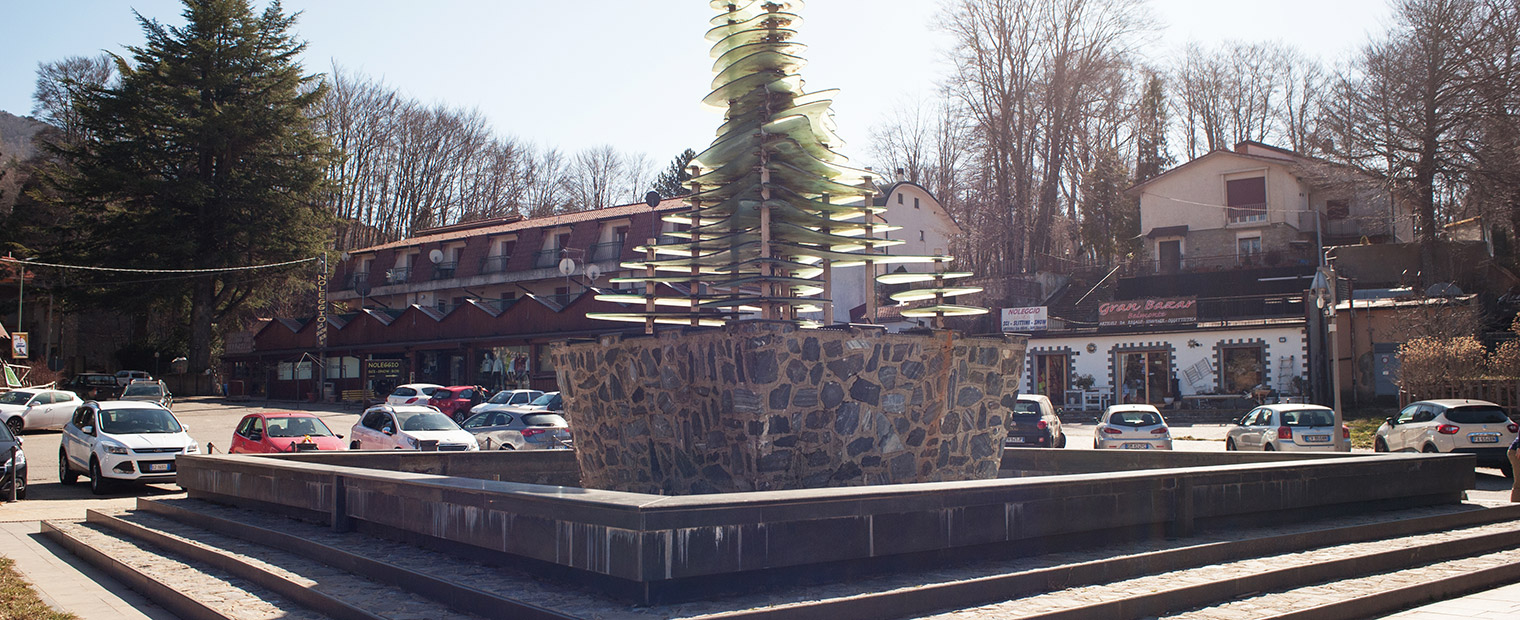
Santo Stefano d’Aspromonte: southern epicentre of national history
By following the Gallico torrent, upstream, along the banks that climb up to the slopes of the Aspromonte mountains, we get to Santo Stefano, a town immersed in nature, which, on account of its renowned Gambarie ski resort, is regarded by the people of Reggio as the mountain par excellence.
In th [...]
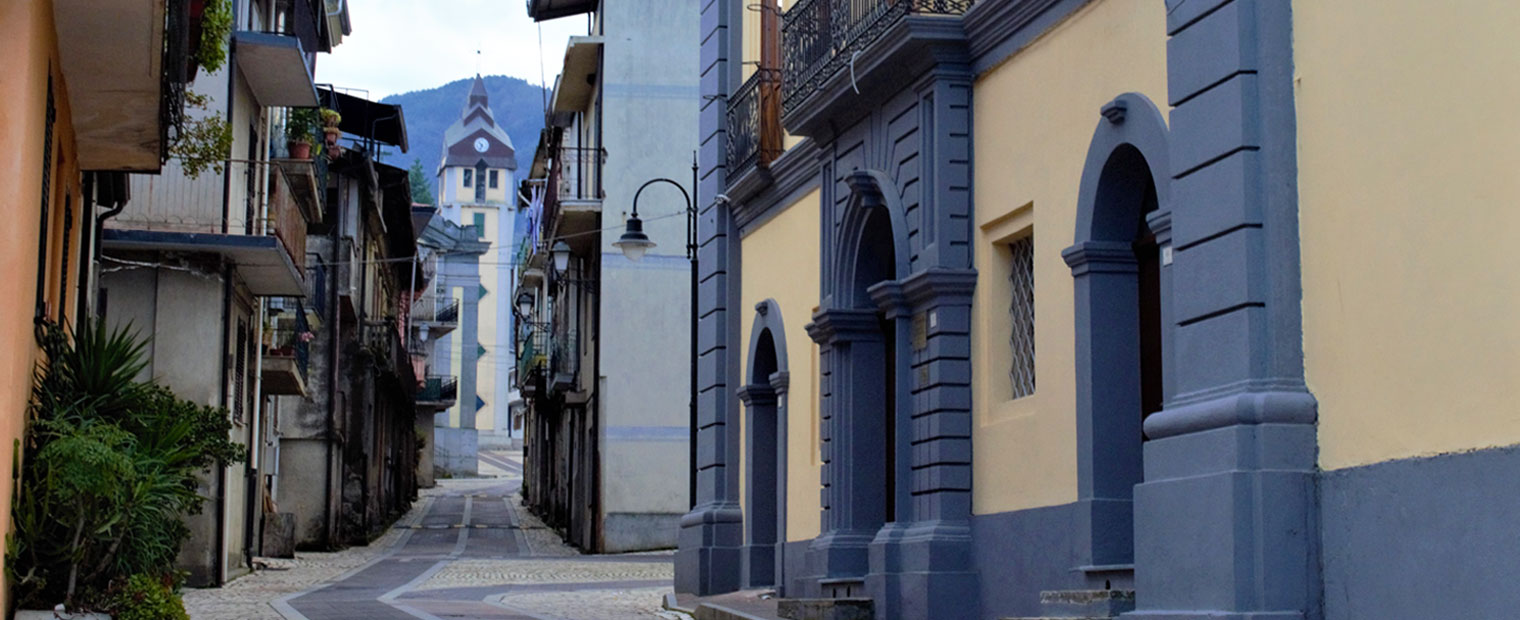
Scido, the heart of Aspromonte
Scido has Byzantine origins, although some traces lead us to believe that the area was occupied since the Greco-Roman era. In 951 AD, during an Arab invasion, its terrified inhabitants retreated towards the hinterland, giving rise to the Village of Scido (Skydon, when it was the language of the inha [...]
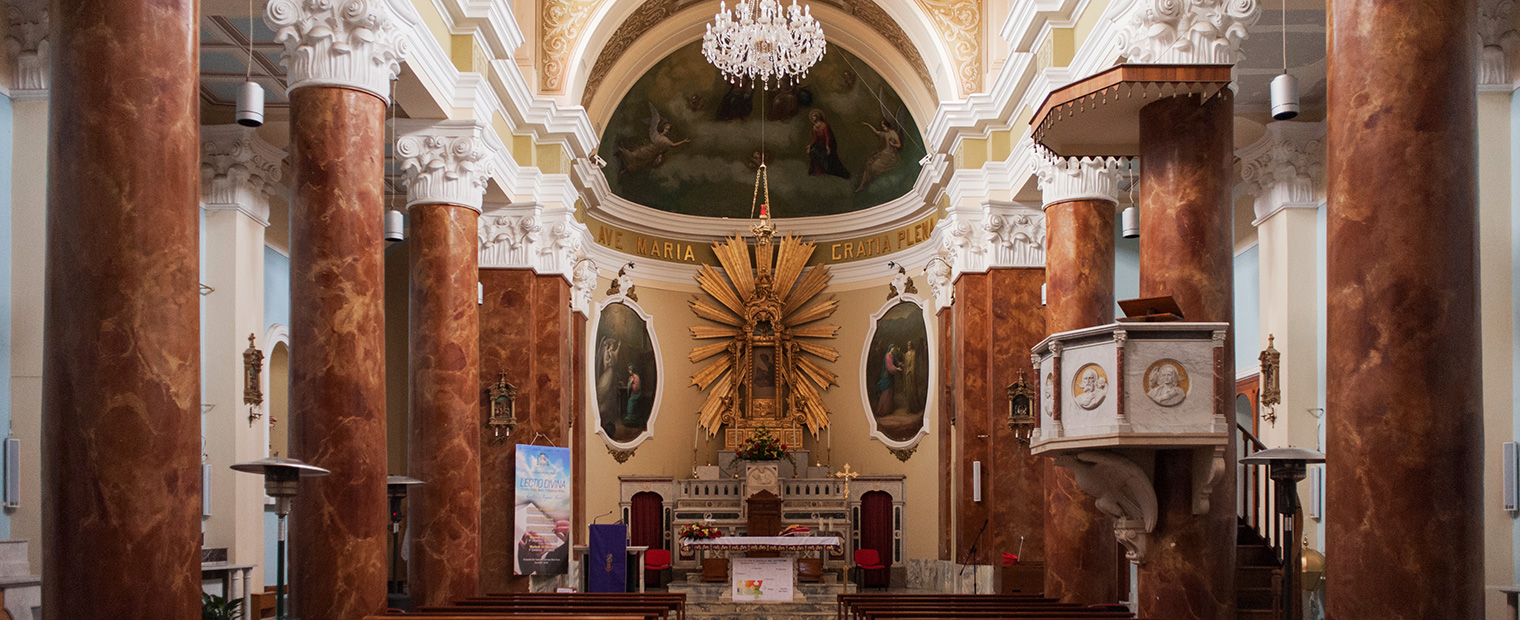
Sinopoli, the “Town of All Graces”
Scholars believe the early settlers of the town were the inhabitants of the ancient city of Taureana, fleeing from the Saracen invasion headed in the 10th century by Hassan-Ibn Alì, the emir of Palermo, who defeated and drove away the Byzantines, forcing the inhabitants of the coast to seek refuge i [...]
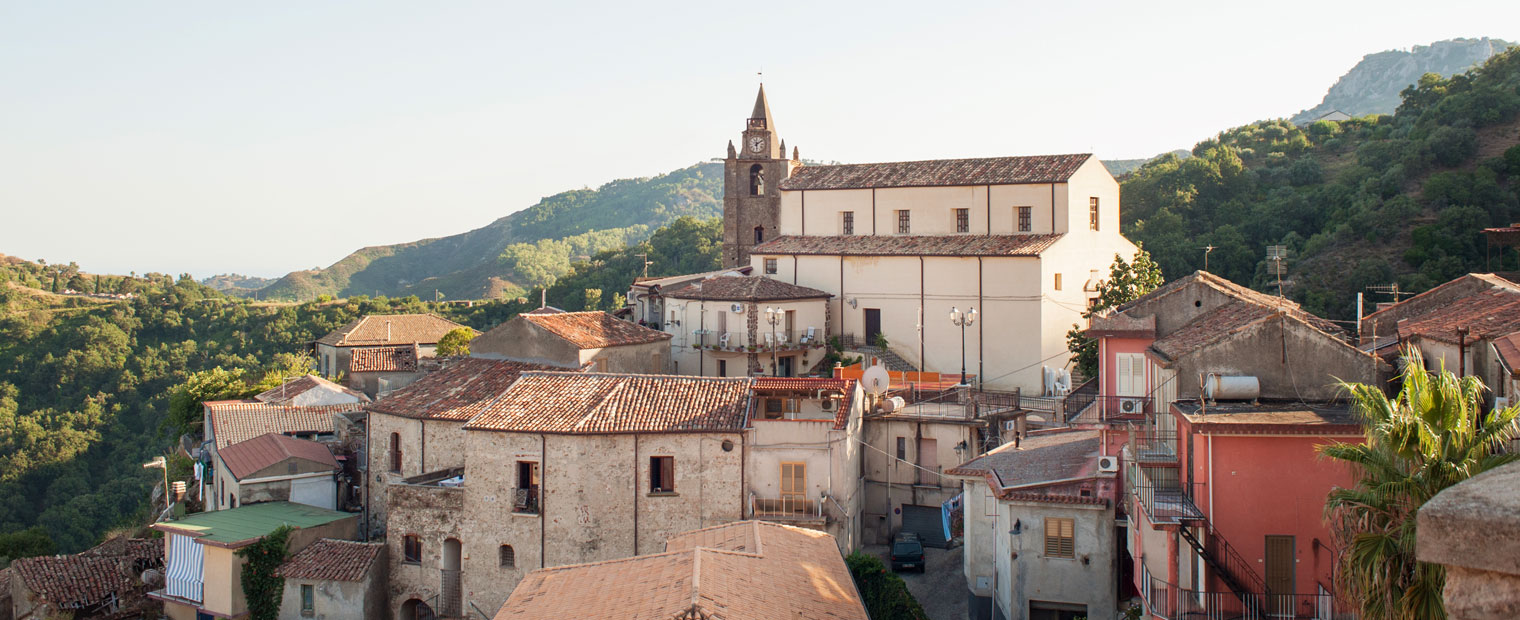
Staiti: the beauty of being small
Staiti is a small town with just 221 residents, located in the lower Jonio area of Reggio in the extreme southern border of the Aspromonte National Park. The village is perched on the side of Rocca Giambatore, a hill that opens up with a view of the wide valley of the Bruzzano stream. The first hist [...]
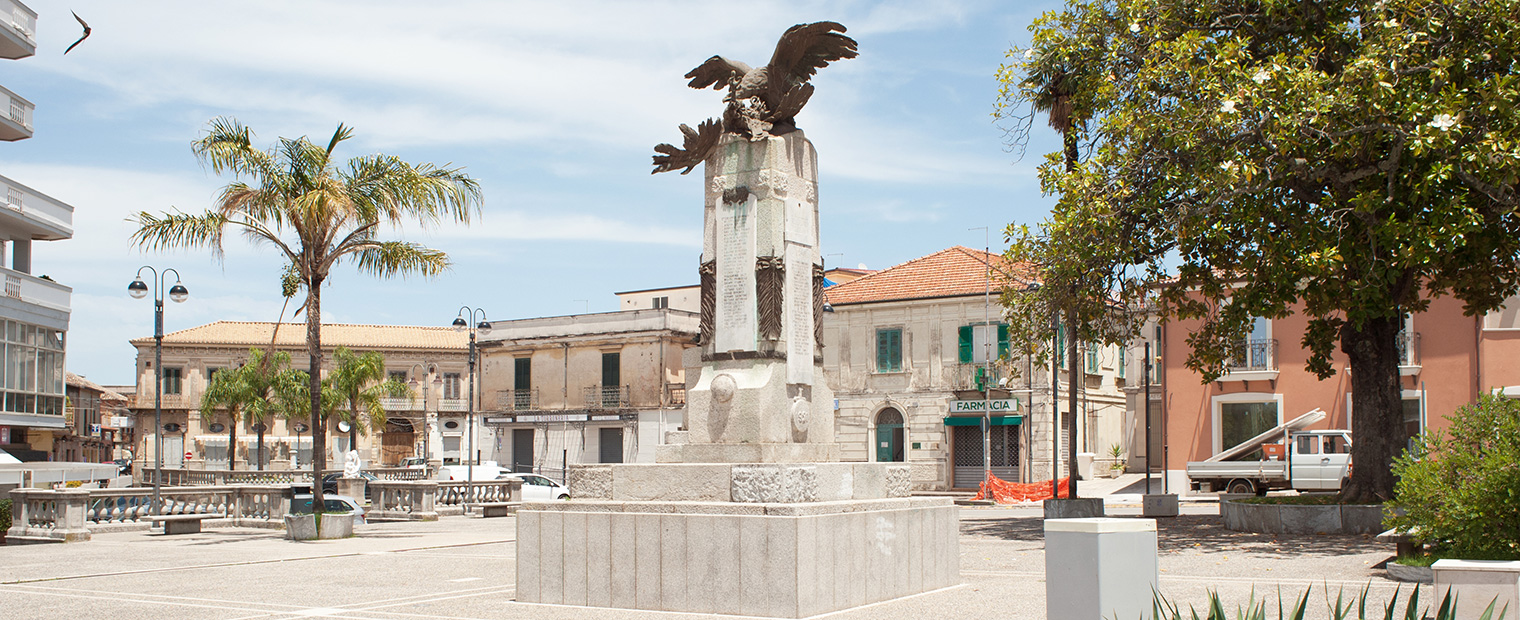
Taurianova: the urban crossroads of ancient districts
The municipality of Taurianova was officially born in 1928 from the union of three small, pre-existing villages: Terranova Sappo Minulio, Radicena, Jatrinoli and the assignment of a series of villages and districts including San Martino, Amato, Pegara and Scroforio. According to historical tradition [...]
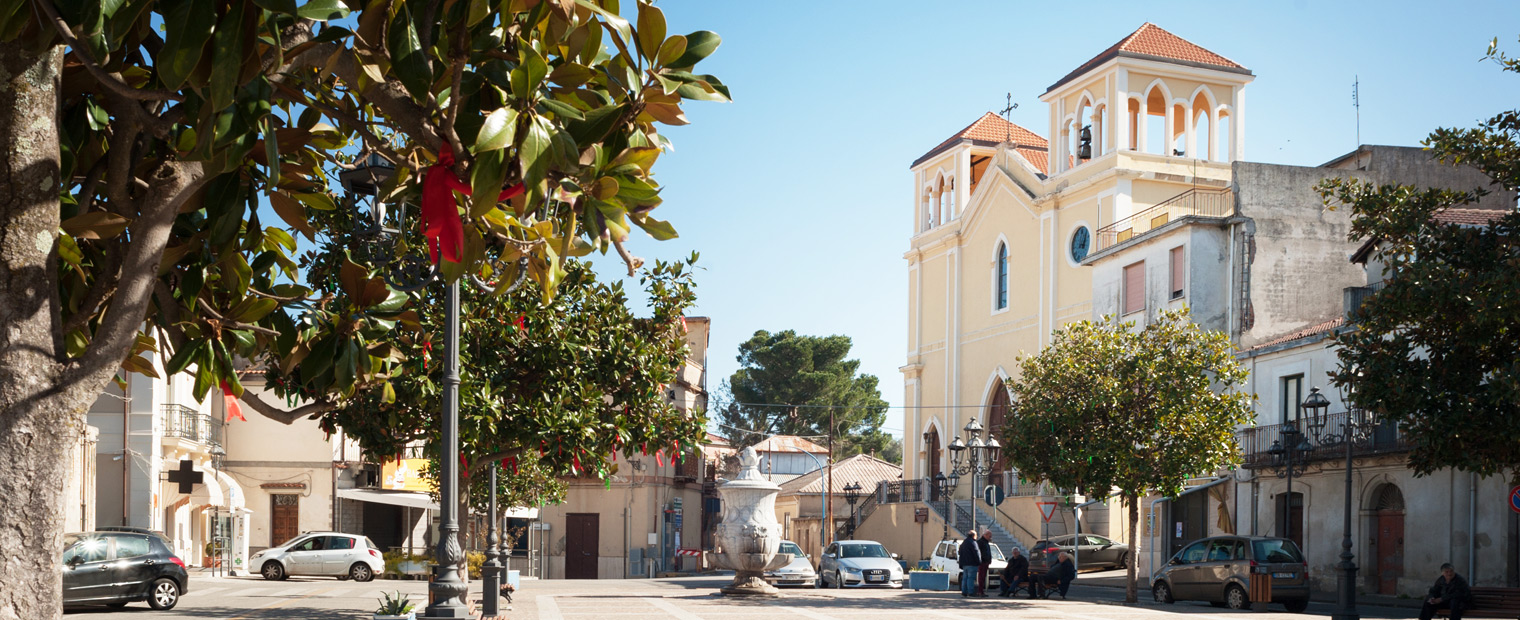
Varapodio: the militaris podium of Valle del Marro
Originally founded on the “Salvatore” hill on which the river of Marro descends, the ancient Varapodio was moved to its current site after the 1600s, while maintaining its significant strategic-military position. In fact, from above, it was possible to see and organise the defences of the entire Pla [...]